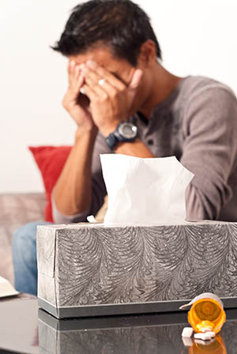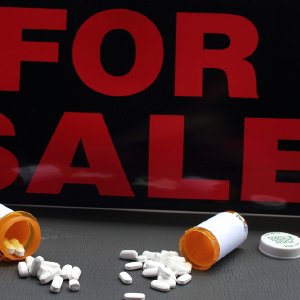Professionals Getting Caught in the Addiction Trap

For many people, the phrase “drug addict” conjures up the image of someone in a dirty room shooting heroin or someone smoking crack in a back alley. In recent years, drug addiction has become a widespread epidemic that bears no resemblance to these old images.
What you are just as likely to find today is a busy executive addicted to Oxycontin or Xanax, someone who was initially prescribed an opioid (a synthetic that’s similar to an opiate) drug following an injury or surgery. If the doctor was not very careful about how long the drug was prescribed or fails to monitor any dependence on the patient’s part, this legitimate use can progress into full-blown addiction. Stopping use of the drug and recovering one’s willingness to be drug-free can now be more painful than the initial injury or problem.
Two decades ago, prescription drugs were reserved for specific medical conditions and occasional use for injuries or illness. Now they have now become the daily routine for many. As fallout from direct-to-consumer advertising begun in the early 1980s, it gradually became routine for patients to modify their moods or physical conditions with medications. Advertisements began to recommend that patients “ask your doctor if ______ is right for you.” Seeing the potential profit, less-scrupulous doctors began prescribing on demand, leading ultimately to “pill mills” where patients walk in with cash and walk out with prescriptions for painkillers, anti-anxiety drugs and muscle relaxants.
As the black market for pills became unbearable and lives began to be lost to overdose by the hundreds, states began to crack down on pill mills. Florida became renowned for the ready availability of pills at scores of strip-mall doctor’s offices. In 2010, legislation wiped out many of these offices. But they simply moved to other states.
In a recent story, Bob Beckel, a CNN political commentator, wrote of his experience with addiction to pain medications and what he observed with others. He checked himself into a prestigious drug rehab center specifically for help in getting weaned off the pain medication he was given after back surgery. Of his time there, he said:
“It was appalling to witness. One after another, I encountered a steady procession of fine, otherwise healthy people coming through the center who, unlike me, had never in their lives been addicts or alcoholics, good people who had done nothing but follow their doctors’ orders and taken the meds they were prescribed to take—and as a result had now plunged off the cliff into addiction.”
His article ends with a call for change, noting that millions of Americans are addicted to pharmaceutical opioids, and 16,000 died from overdose in 2013 alone.
His experience is shared by anyone who works at a drug rehabilitation center such as the ones in the worldwide Narconon network. The good news is that there is hope of recovery, even for the person who has lost everything to pain medications or other drugs. The Narconon program can help a person regain the skills they lost during the addiction, and help them see how to rebuild a productive, enjoyable life once again.
Source:


